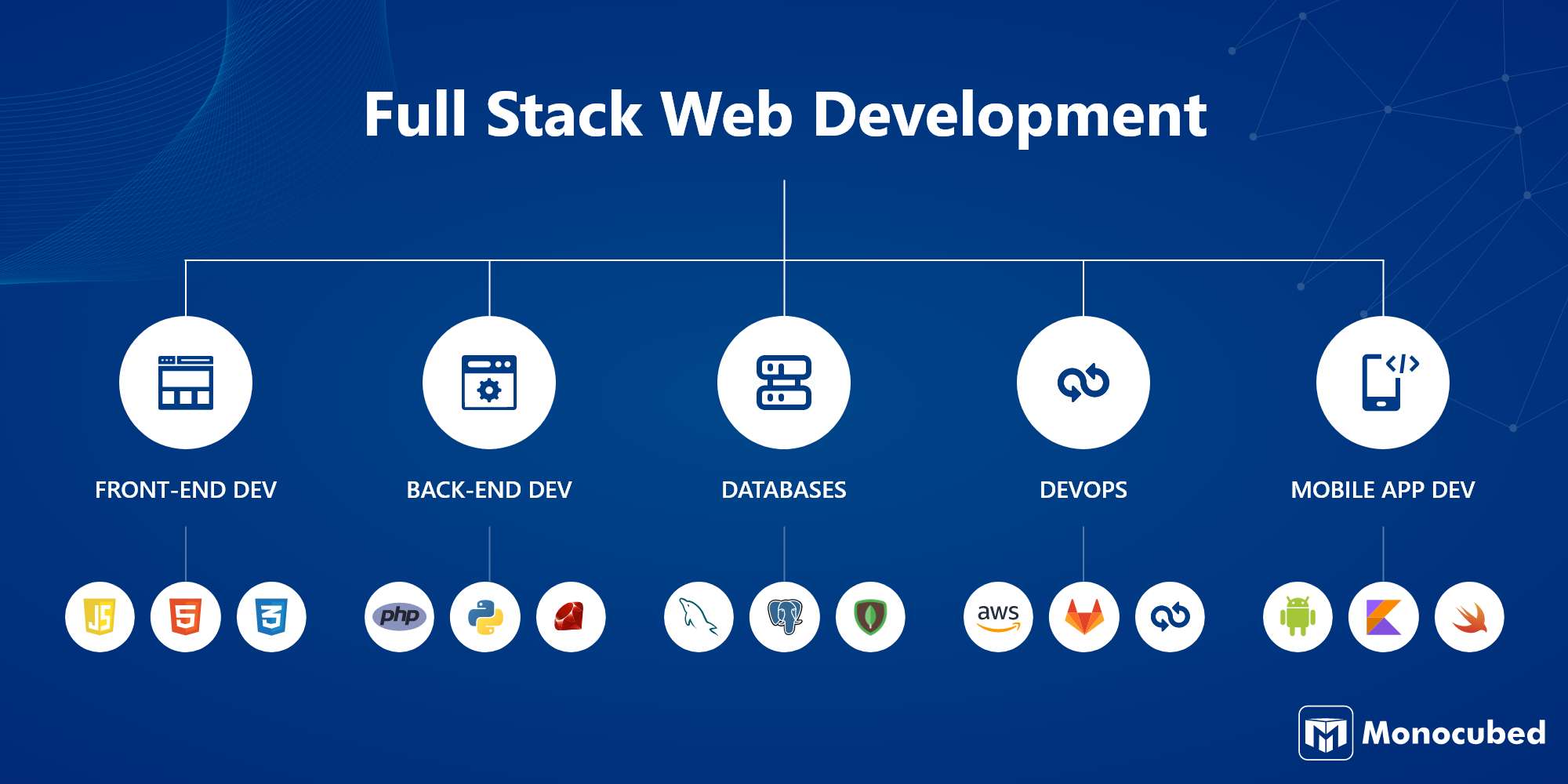Youth Unleashed
Exploring the vibrant voices and trends shaping the youth culture today.
The Secret Life of a Full-Stack Developer Unveiled
Discover the hidden world of full-stack developers—uncover their secrets, skills, and the magic behind building stunning web experiences!
A Day in the Life of a Full-Stack Developer: Tasks and Tools Uncovered
A day in the life of a full-stack developer is a dynamic mix of tasks and challenges that require both technical expertise and creative problem-solving skills. Mornings often start with team stand-up meetings, where developers discuss their progress, any blockers they’re facing, and what they plan to achieve that day. After these brief sync-ups, the developer might dedicate time to coding features or fixing bugs. This involves using a variety of programming languages and frameworks like JavaScript, React, and Node.js. Each task is a piece of a larger puzzle, where collaboration with other team members is key, especially when integrating front-end and back-end components.
In the afternoon, the focus often shifts to testing and deployment. Full-stack developers use an array of tools to ensure the code works seamlessly across different platforms. This might involve running unit tests, conducting code reviews, and utilizing version control systems like Git. Furthermore, documentation is crucial; they must keep detailed notes on their processes and any changes made for future reference. By the end of the day, developers often take a moment to reflect on their achievements and plan for the next day's tasks, ensuring they stay on track in the fast-paced world of software development.

Common Challenges Faced by Full-Stack Developers and How to Overcome Them
Full-stack developers often encounter a variety of challenges that can hinder their productivity and effectiveness. One of the most common issues is context switching, as they frequently move between different technology stacks and responsibilities. This can lead to cognitive overload, making it harder to maintain focus and deliver quality results. To combat this, developers can employ strategies such as time blocking and prioritizing tasks. By allocating specific time slots for front-end and back-end work, developers can minimize distractions and enhance their overall workflow.
Another significant challenge faced by full-stack developers is the rapidly changing landscape of technologies and frameworks. Keeping up with updates and new tools can be overwhelming, making it difficult to stay current with best practices. To overcome this obstacle, developers should adopt a continuous learning mindset. Engaging in online courses, attending workshops, and participating in community forums can help them stay ahead of the curve. Additionally, creating a personal project that incorporates new technologies can solidify knowledge and improve hands-on skills.
The Essential Skills Every Aspiring Full-Stack Developer Should Master
Becoming a proficient full-stack developer involves mastering a diverse set of skills across both front-end and back-end technologies. First and foremost, an aspiring developer should have a solid understanding of HTML, CSS, and JavaScript, as these are the foundational technologies for building engaging user interfaces. Besides these essentials, familiarity with frameworks such as React or Angular for front-end development is crucial, as it enables developers to create dynamic web applications. Additionally, proficiency with back-end languages such as Node.js, Python, or Ruby is vital, along with a strong grasp of database management using systems like SQL or NoSQL databases.
In addition to technical skills, aspiring full-stack developers should cultivate essential soft skills. Effective communication is key, as developers often collaborate with designers, project managers, and stakeholders to ensure a seamless user experience. It is equally important to develop problem-solving abilities, as full-stack developers are tasked with troubleshooting issues that may span across the front and back ends. Finally, mastering version control systems like Git is crucial for teamwork and maintaining code integrity. By honing these skills, aspiring developers position themselves for success in the competitive tech landscape.